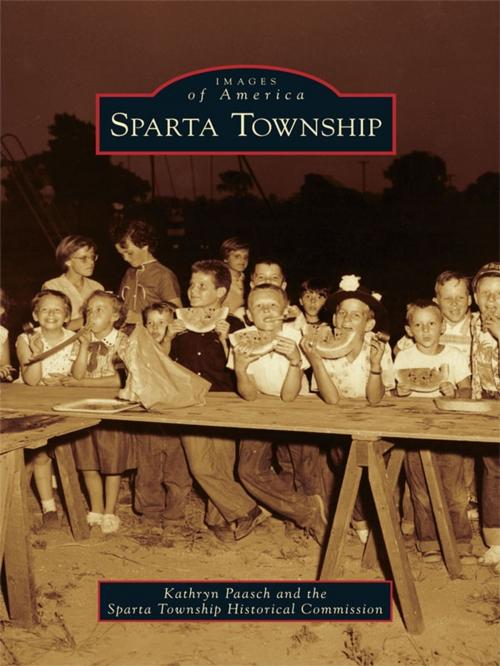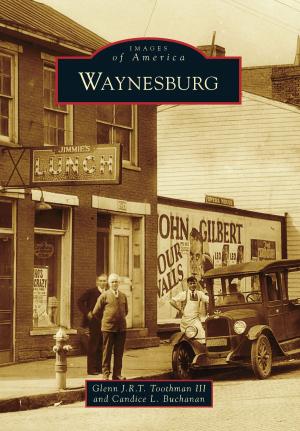| Author: | Kathryn Paasch, Sparta Historical Commission | ISBN: | 9781439640784 |
| Publisher: | Arcadia Publishing Inc. | Publication: | March 14, 2011 |
| Imprint: | Arcadia Publishing | Language: | English |
| Author: | Kathryn Paasch, Sparta Historical Commission |
| ISBN: | 9781439640784 |
| Publisher: | Arcadia Publishing Inc. |
| Publication: | March 14, 2011 |
| Imprint: | Arcadia Publishing |
| Language: | English |
Known for small-town charm and a beautiful countryside, the area known as Sparta Township was first settled in 1844, and over the next two years it would become home to those pursuing dreams in the logging industry. Rich in a variety of forests, and with the Rogue River and Nash Creek running through it, Sparta first developed saw and flour mills. In the late 1800s, the �Ridge� would develop along the western edge of town, where the land was prime for growing a variety of fruits. When the Pere Marquette Railroad passed through town, it brought opportunity for thriving industry, including the Welch Folding Bed Company, Carnation Creamery, and Sparta Foundry. Spartans enjoyed community picnics, apple smorgasbords, and The Lady of the Lake cruise ship that famously sank to the bottom of Camp Lake. A sense of close-knit community thrives in the area today.
Known for small-town charm and a beautiful countryside, the area known as Sparta Township was first settled in 1844, and over the next two years it would become home to those pursuing dreams in the logging industry. Rich in a variety of forests, and with the Rogue River and Nash Creek running through it, Sparta first developed saw and flour mills. In the late 1800s, the �Ridge� would develop along the western edge of town, where the land was prime for growing a variety of fruits. When the Pere Marquette Railroad passed through town, it brought opportunity for thriving industry, including the Welch Folding Bed Company, Carnation Creamery, and Sparta Foundry. Spartans enjoyed community picnics, apple smorgasbords, and The Lady of the Lake cruise ship that famously sank to the bottom of Camp Lake. A sense of close-knit community thrives in the area today.















